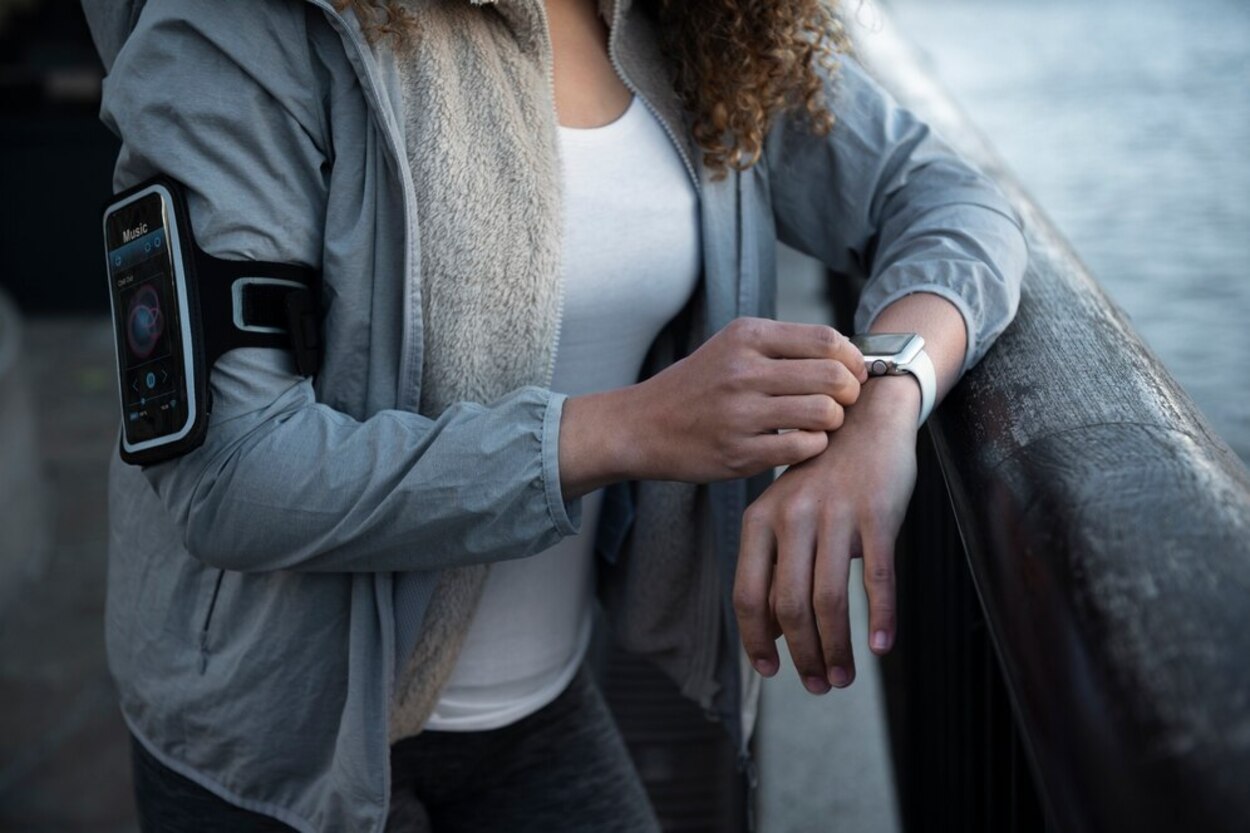Smart Textile Electronics: Revolutionizing Wearables with Integrated IoT and Sensors

Smart textiles represent an exciting leap forward, combining sophisticated sensor technologies and IoT solutions within fabrics. This fusion creates powerful wearable devices reshaping sectors like healthcare, sports, industrial safety, and fashion. At Promwad, we're thrilled to delve into these innovations, exploring their profound implications.
Understanding Smart Textile Electronics
Smart textiles, or electronic textiles, integrate sensors, conductive fibers, and embedded microcontrollers directly into fabric. This allows garments to perform advanced tasks, from tracking health to analyzing physical performance and sharing real-time data.
Core Components of Smart Textiles
Typical components include:
- Conductive Threads: Threads made from silver or copper that transmit electrical signals.
- Sensors: Integrated sensors that measure physiological and environmental data.
- Microcontrollers (MCUs): Systems to process and transmit data seamlessly.
- Energy Sources: Flexible batteries and energy-harvesting technologies.
- Communication Modules: Technologies like Bluetooth, Wi-Fi, and NFC for wireless connectivity.
Applications of Smart Textiles Across Industries
Healthcare Innovations Smart clothing in healthcare continuously tracks vital signs, quickly identifies abnormalities, and sends health data to medical professionals.
| Health Monitoring Parameters | Technology Used |
| Heart Rate, ECG | Integrated biosensors, conductive fibers |
| Respiratory Rate | Piezoelectric sensors |
| Body Temperature | Thermal sensors |
According to Dr. Sarah Thompson, a medical wearables researcher, "Integrating electronics into fabrics enables continuous and non-intrusive monitoring, greatly enhancing patient care."

Sports and Fitness Performance Athletes use smart garments to optimize training, track performance, and monitor fatigue. These garments measure muscle activity, hydration, and posture.
| Sports Performance Metrics | Smart Textile Solutions |
| Muscle Fatigue | EMG sensors |
| Hydration Levels | Sweat analysis sensors |
| Movement and Posture | Accelerometers, gyroscopes |
Research shows athletes using smart wearables can enhance training effectiveness by up to 20% due to precise performance data.
Industrial Safety Advancements Smart textiles are improving safety in industrial settings by detecting hazardous conditions and monitoring employee health in real-time. For example, intelligent protective clothing alerts workers to toxic gases or high temperatures instantly.
Industrial safety expert Alex Martin notes, "Smart clothing significantly reduces accident risks by immediately detecting hazards."
Advantages of Smart Textile Electronics
- Real-time Monitoring: Instant data analysis for immediate feedback.
- Increased Safety: Quick hazard detection and alerts reduce risk.
- Comfort and Wearability: Eliminates bulky external devices by integrating technology within fabrics.
- Personalized Insights: Data-driven recommendations boost user performance and health outcomes.
Challenges Facing Smart Textile Electronics
Despite these advantages, several challenges need addressing:
- Durability: Ensuring electronics withstand repeated washing and prolonged use.
- Energy Management: Developing efficient, compact power solutions to sustain device functionality.
- Data Security: Protecting sensitive personal data transmitted via connected garments.
Promwad’s Expertise in Smart Textile Development
At Promwad, we specialize in developing embedded electronic solutions specifically designed for smart textiles, including:
- Sensor integration for comprehensive health and fitness tracking.
- Creating flexible and durable electronic solutions for industrial applications.
- Ensuring secure, reliable IoT connectivity for data transmission.
Learn more about our capabilities here:
Emerging Trends in Smart Textile Electronics
Future developments in smart textiles include:
- AI-driven Predictive Analytics: Clothing that anticipates health issues or performance optimization needs.
- Energy Harvesting Technologies: Garments powered by body heat, motion, or solar energy.
- Integration with Augmented Reality (AR): Smart clothing enhancing AR experiences, adding interactive layers to daily life.
Futurist Dr. Julia Grant highlights, "The intersection of smart textiles, AI, and IoT is boundless, offering personalized, predictive experiences that enhance everyday life."
Conclusion: The Bright Future of Smart Textile Electronics
Smart textiles are transforming how we interact with technology in healthcare, sports, and industrial safety. At Promwad, we’re dedicated to pioneering these innovations, continuously pushing the envelope in wearable technology.
Interested in launching your smart textile project? Contact Promwad, and let’s innovate together.





